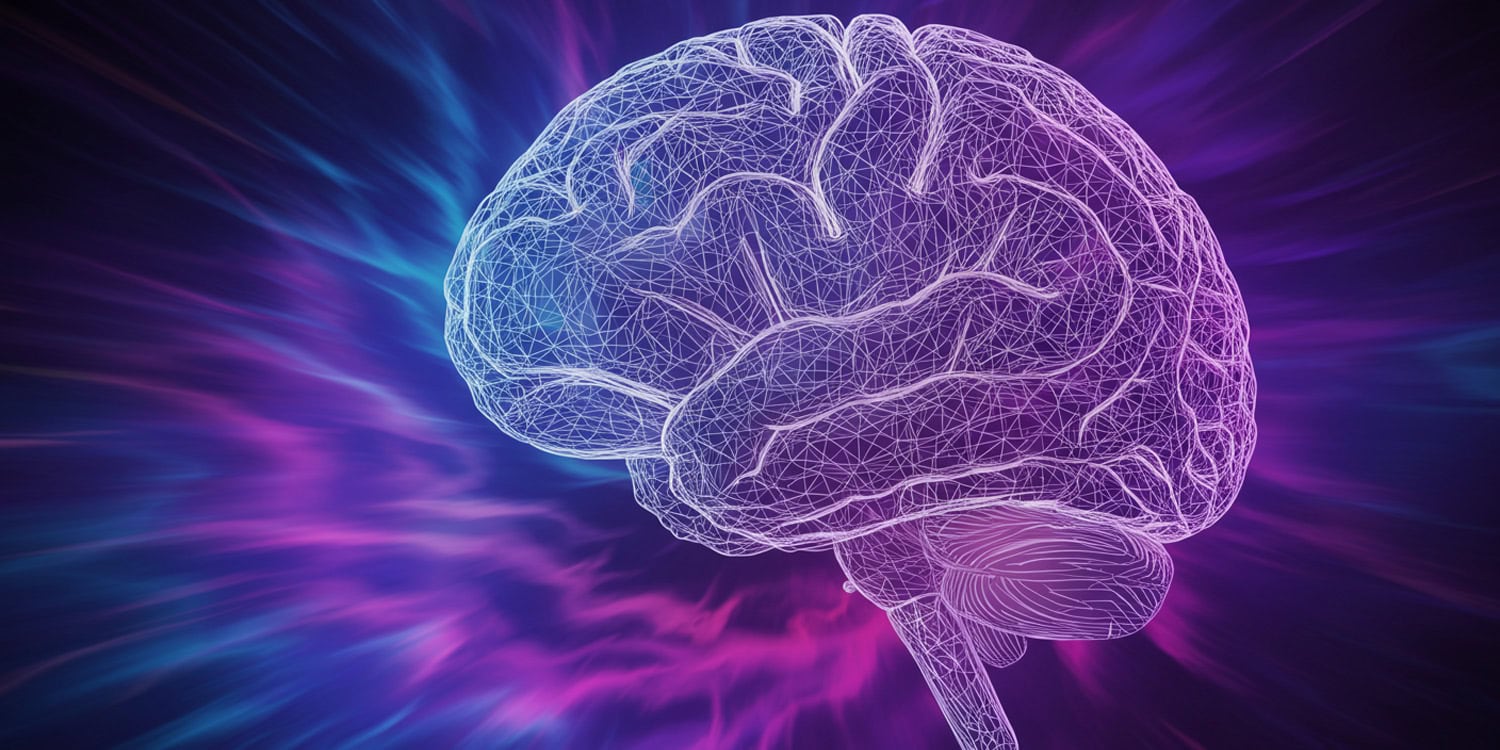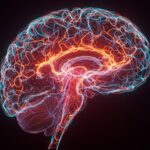A recent case report published in the Journal of Psychoactive Drugs tells the story of a middle-aged man who underwent an innovative treatment combining low-dose ketamine sessions with psychotherapy. Over a three-year period, this treatment helped him overcome severe alcohol abuse, ease deep feelings of depression, and reduce his harmful, antisocial thoughts. The case offers a promising look at how unconventional therapies might help people with challenging mental health conditions.
Ketamine is a substance that has long been used to induce anesthesia in medical procedures. In recent years, doctors have started using it in lower doses as part of a therapy program to help with conditions such as depression and substance abuse. Unlike the large doses used in surgery, these smaller doses are taken in a setting where a trained therapist supports the patient during the experience. This treatment can open up new ways for people to process difficult feelings and memories.
On the other hand, antisocial personality disorder is a condition in which a person shows a persistent disregard for the rights and feelings of others. People with this condition may act in ways that are aggressive or harmful, often believing that they are above social rules and that others deserve their cruelty. While this disorder is rare among the general population, it is more common in certain settings, such as prisons, and it often appears alongside other issues like substance abuse or depression.
The case study focuses on a 44-year-old white man who sought help at an outpatient clinic specializing in ketamine-assisted psychotherapy. He was primarily seeking treatment for his alcoholism, but also reported experiencing significant depression and intense anger, which he described as “rage.” During his initial assessment, several concerning factors were noted. Physically, he was underweight, appeared fatigued, and had high blood pressure. Emotionally, he presented with a flat expression and reported feeling intensely depressed and angry. He admitted to drinking around ten beers daily, having a very poor appetite, and wanting to sleep constantly.
Disturbingly, he repeatedly used words like “rage” and “hatred” to describe his feelings towards other people. He expressed extreme negativity, stating he hated people he considered unintelligent, religious, or addicted to drugs. He even voiced violent thoughts, suggesting that a large portion of the global population should be eliminated and at one point considered this as a potential purpose in his life.
Further exploration into his background revealed a family history of alcoholism and depression. He shared a traumatic experience of losing a child shortly after birth, but paradoxically described this loss as a positive event. He also recounted a childhood move from a positive educational experience in Singapore to Louisiana, where he felt surrounded by people he perceived as less intelligent. He attributed this experience to the development of racist attitudes. He also admitted to a pattern of being overly forward sexually with women. Overall, he expressed a strong preference for solitude.
Over subsequent sessions, more details emerged that aligned with antisocial personality disorder. He revealed a lifelong preference for being alone and disliked teamwork, consistently believing himself to be superior to others. He described intrusive thoughts of violence, such as wanting to hit pedestrians who disobeyed traffic laws as a form of punishment. He also vaguely alluded to past acts of cruelty and revenge, particularly when he could avoid detection. He rationalized these actions as deserved by his victims, showing no remorse but simultaneously expressing a belief that he was a fundamentally bad person. Although he had past arrests, he had never been convicted of a serious crime. He recognized his past behaviors as spiteful and harmful, acknowledging their intent to cause distress in others.
Based on these reports and clinical observations, the man was diagnosed with major depressive disorder, alcohol use disorder, and antisocial personality disorder. The diagnosis of antisocial personality disorder was made based on several criteria outlined in standard diagnostic manuals, including a pattern of disregard for rules, deceitfulness, impulsivity, aggression, and lack of remorse. While his presentation of antisocial personality disorder might be considered less severe than some, his thoughts and behaviors still fulfilled several of the diagnostic criteria. Due to the unusual nature of the case, the clinicians consulted with other experts to confirm the diagnosis. Despite the challenges associated with treating antisocial personality disorder, the team decided to proceed with ketamine-assisted psychotherapy because the man showed motivation to change and demonstrated some control over his antisocial impulses.
The treatment plan involved a series of ketamine sessions combined with psychotherapy. Initially, a “psycholytic” approach was adopted, using low doses of ketamine. Unlike typical psychedelic therapy that aims for mystical experiences and limited therapist interaction during drug sessions, psycholytic therapy uses lower, perceptible doses of ketamine. This allows the patient to remain engaged in conversation with the therapist during the ketamine session, potentially facilitating deeper therapeutic exploration.
Over the first year, he received six psycholytic ketamine sessions, mostly at 50mg doses, and two sessions at higher doses (200mg and 275mg). After more than a year of treatment, he was prescribed ketamine syrup for home use at low doses, with limited refills to ensure regular check-ins with his therapist.
Throughout the therapy, techniques were drawn from various approaches, including Internal Family Systems (IFS), Buddhist psychology, and mindfulness-based somatic therapy. The treatment also incorporated lifestyle recommendations focusing on diet, sleep, and exercise, along with mindfulness practices and dietary supplements to support mood and liver health. He also received spinal manipulation therapy on occasion.
The first priority in treatment was addressing his severe alcoholism. He was encouraged to gradually reduce his alcohol intake, which he successfully did, experiencing minimal withdrawal symptoms. By his fourth visit, when ketamine was introduced, he was mostly sober. Over the first six months, his drinking significantly decreased, although he experienced occasional binge drinking episodes during stressful times. Following a significant relapse event after six months away from treatment, he sought detoxification and resumed therapy. After this relapse, he reported only one further drinking episode and eventually achieved sustained abstinence. He was consistently honest about his alcohol consumption, which was often evident in his speech and physical appearance.
In terms of depression, his primary symptom was a severe lack of pleasure. Despite engaging in activities that should be enjoyable, like skydiving, he felt no enjoyment. While he still reported experiencing this lack of pleasure at the time of the case study report, he showed considerable improvement in other areas. Initially unable to work and neglecting his home, he began treatment with passive suicidal thoughts. Over the course of therapy, he secured a new job, started taking flying lessons, enrolled in online education, and began improving his home. His scores on depression questionnaires decreased, indicating a shift from severe to moderate depression, which was reflected in his improved functioning and the absence of suicidal thoughts.
Perhaps most notably, the treatment appeared to have a positive effect on his antisocial traits. Initially, his dominant emotions were anger and rage, and therapy sessions often devolved into angry rants. Over time, these rants became less frequent and less intense. He gained insight into his behavior, for example, after one ketamine session, he reflected on how mean-spirited he had been and recognized his problems as insignificant in the larger context of the world. He also started considering the concept of karma and expressed a desire to avoid causing future harm.
In one significant experience during a ketamine session, he reported a vision where he reviewed his life after death and felt remorse for his past cruelty, displaying sadness and tears for the first time in treatment. When directly asked about violent thoughts, he reported a significant reduction. While he still expressed negative views about certain groups of people, his thoughts were less focused on direct violence and more on frustration with others.
Case reports like this one have limitations because they describe the experience of only one person. This means that the results cannot be assumed to apply to everyone with similar challenges. The observations are based on personal accounts and subjective assessments, and the treatment was not compared to other forms of therapy in a controlled study.
However, individual cases are valuable because they can point to new possibilities and help shape future research. In this instance, the report highlights how an integrative approach that combines low-dose ketamine with supportive therapy may offer hope for people with complex mental health issues, including severe depression, substance abuse, and antisocial tendencies. Such reports serve as early indicators that can guide more extensive studies, which may eventually lead to broader treatment standards.
The case report, “Ketamine-Assisted Psychotherapy for Antisocial Personality Disorder: A Case Report,” was authored by Matthew R. Hicks, Heather Zwickey, and Ryan Bradley.




